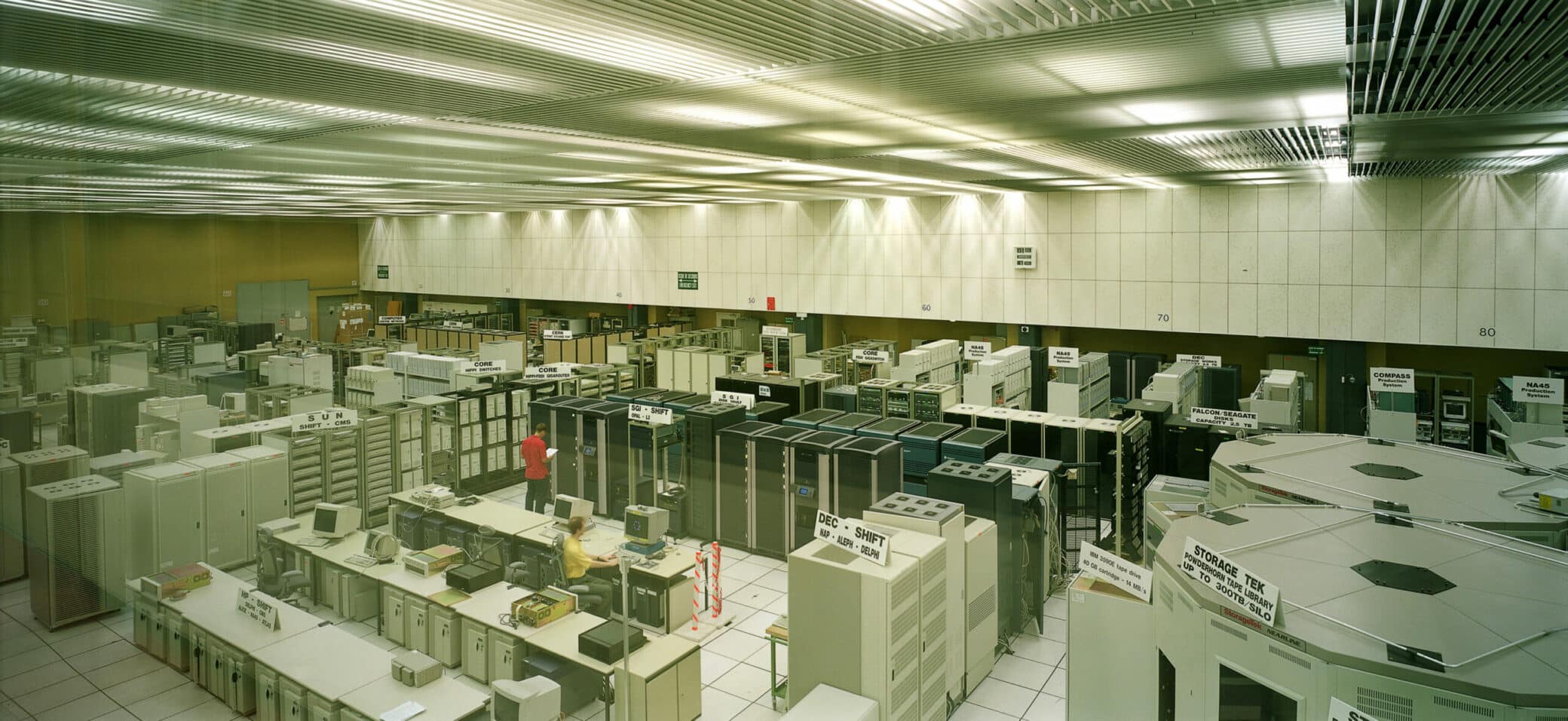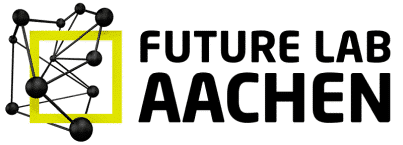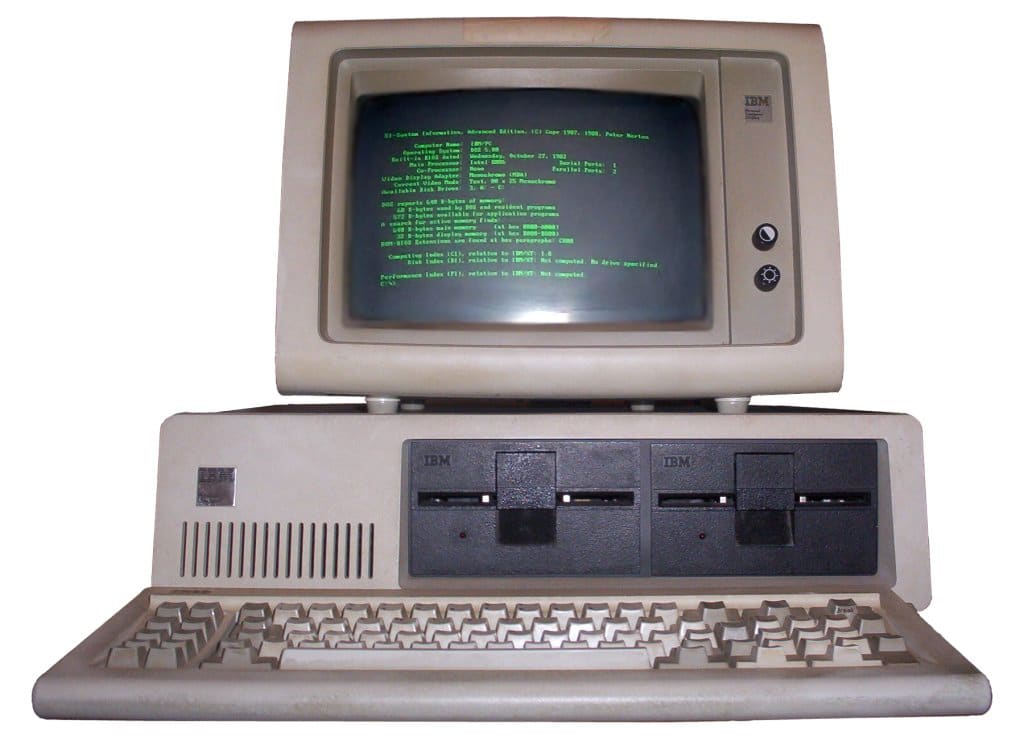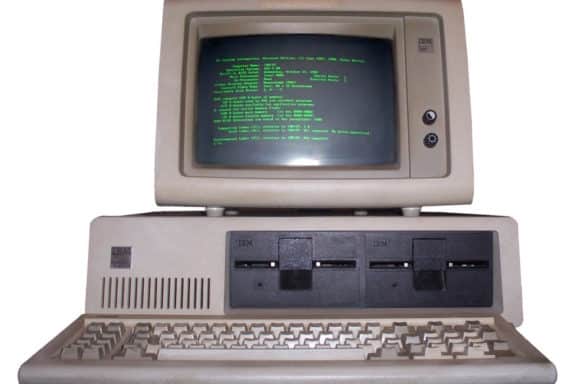“In the beginning was the crash” or the moment when history was made and nobody noticed.
When, 50 years ago, man first set foot on the moon, the achievement was reported around the world. But the documentation of an even greater event that took place in autumn 1969 – on 29th October to be precise – went completely under the radar, presumably because it seemed insignificant: “Talked to SRI – Host to Host.” That was the log entry made by a computer student at the University of California (UCLA). In fact, that connection between a PC in Los Angeles and a computer at the Stanford Research Institute (SRI) in California marked the birth of the Internet. An exchange over a 500-kilometre stretch that made history, and ultimately gifted our present day with limitless communication.
One hour for a “LOGIN”
Today’s Internet did get off to a rather bumpy start, though. Computer Sciences student Charles S. Kline at the UCLA wanted to send the word “LOGIN” to his colleague in Stanford. But the system crashed after he entered the “O”. It took an hour before the remaining three letters were successfully transmitted. Nevertheless, for the very first time, two computers of different designs and with different operating systems had managed to exchange information with each other – a spectacular technological achievement.
You’ve got mail
Scientists at that time thought that they had developed a technology with which they would be able to exchange important information with their academic peers. That the Internet might be useful for a wider community of users only became clear much later. In 1971, it became possible, for the first time, to exchange “emails”. The problem was that, at that time, nobody did it. It was only in 1983, when the data link got faster and data could be transmitted via a clever “packet-switching” system, that writing and receiving emails became more widely attractive.
Internet is not the same as WWW
The World Wide Web – like email, a popular service of today’s Internet – was invented in 1991 by Englishman Tim Berners-Lee at the famous CERN research centre in Switzerland. The WWW is, in principle, a worldwide association of networks in which any computer can be connected to any other computer in the world. From that point on, data could be exchanged internationally without any complications. That this process became as pretty and as comfortable as we are accustomed to today is all thanks to the development of browsers with graphic user interfaces.
Questionable cloud technology
Since the innovation of the first smartphone in 2007, we now carry the Internet around with us in our trouser pockets. But the price we pay for this flexibility – for the supposed “freedom” and the apparently limitless access to information – is high. The ear buds you briefly “window shopped” on Amazon yesterday will pop up today on your Instagram feed; your smartphone tells you how long it will take you to get home; and Facebook encourages you to “friend” people you only know from hearsay. And these are just the relatively conspicuous examples of your rapidly disappearing control over your personal data – thanks to cloud technology.
On the other hand, the existence of huge pools of data is a great help in the further development and training of artificial intelligence. There’s no denying that the digital world – which has already had such a significant influence on our analogue world – is full of exciting developments. But no matter where these developments may take us, at least we can rest assured that we already have the means to instantly spread the news of major events to the whole wide world.
30.10.2019





